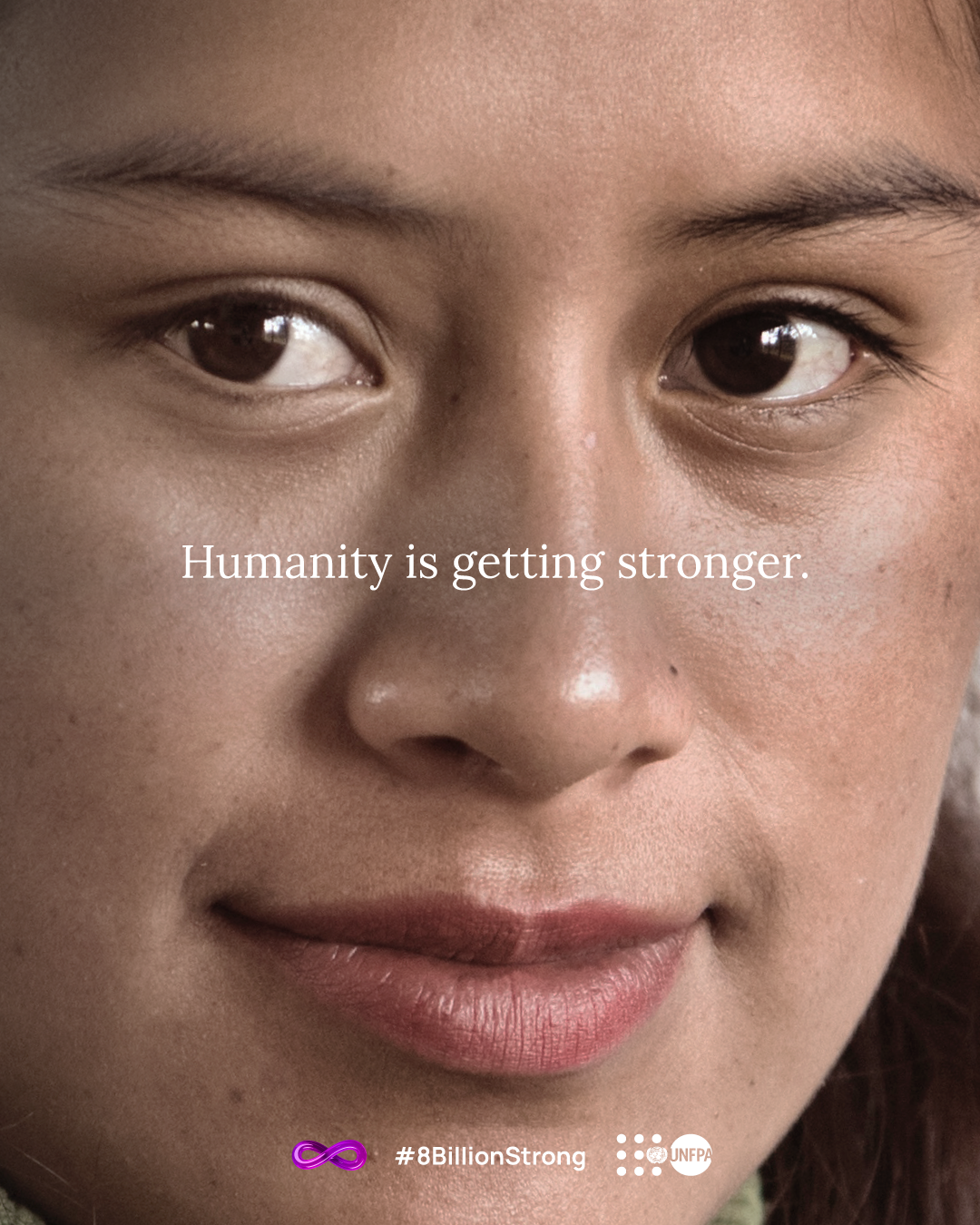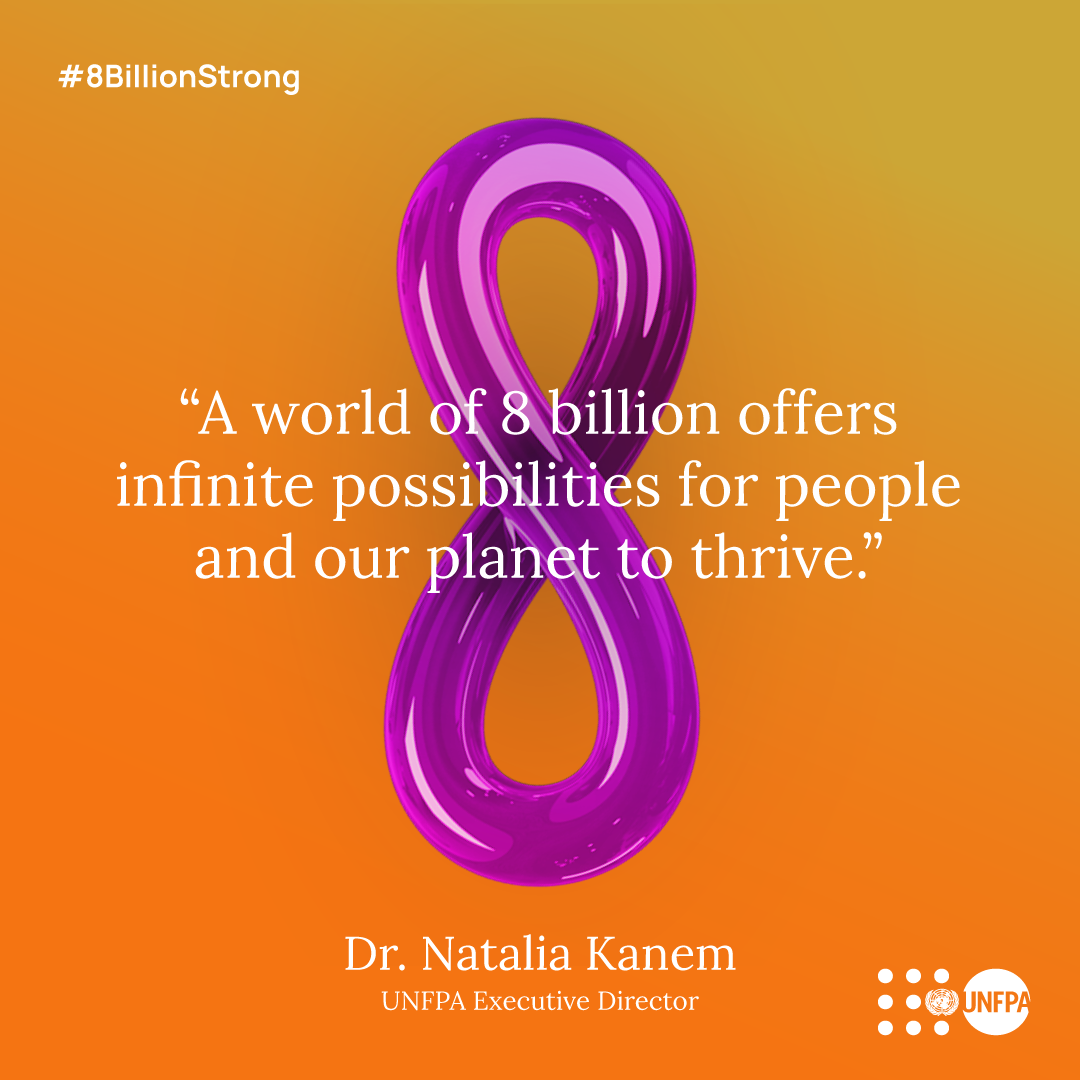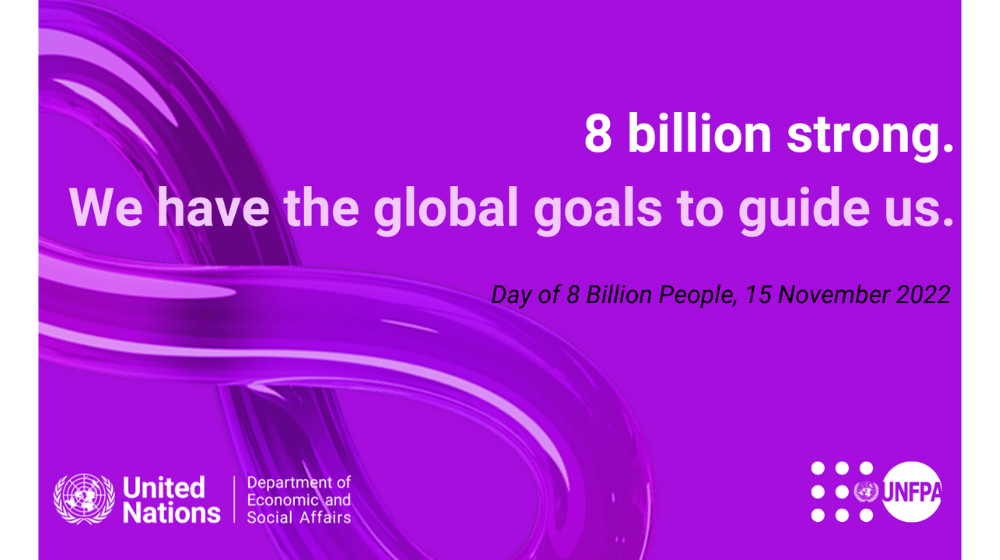On November 15, 2022, we will be a world of 8 billion people. It is a milestone we can celebrate and an opportunity to reflect: how can we create a world where all 8 million people can thrive?
Population growth is a testament to humanity's achievements, including reductions in poverty and gender inequality, advances in health, and increased access to education. As a result, more women survive childbirth, more children survive their first years, and decade after decade, life is longer and of higher quality.
However, if we look at the populations of countries and regions, the picture is much more nuanced and quickly leads us beyond the numbers themselves. Stark disparities in life expectancy point to unequal access to health care, opportunities and resources, as well as an unequal burden of violence, conflict, poverty and poor health.
Fertility rates vary from country to country, and while some populations continue to grow rapidly, others are beginning to slow. But what underlies these trends, wherever they point, is a widespread lack of choice. Discrimination, poverty and crises—as well as coercive policies that violate the reproductive rights of women and girls—make sexual and reproductive health care and information, including contraception and sex education, inaccessible to too many people.
At the regional level, the global fertility rate currently stands at 1.85 births per woman, already below the world rate and it will continue to decline. In Peru, fifty years ago, the global fertility rate was six children per woman, close to three quarters of the life of an adult woman spent in pregnancy or raising young children. Today, it has fallen to one fifth.

To build demographic resilience, we need to invest in better infrastructure, education and healthcare, and ensure access to sexual and reproductive health and rights. We need to systematically remove barriers—based on gender, ethnic self-identification, disability, sexual orientation, or immigration status—that prevent people from accessing the services and opportunities they need to thrive.
In the case of Peru, the indicators illustrate that the development of Peruvian society in recent decades has been remarkable. However, progress continues to be marked by persistent inequalities and therefore the realization of the Cairo promise is still in process. This is expressed by gaps at the departmental, urban-rural level and between the most favored populations and those in a greater situation of vulnerability, such as adolescent, lower-income, rural, urban-marginal, indigenous, Afro-descendant, LGTBI+, disabled, migrant populations. and refugees, among other groups that have been relegated from the highest levels of well-being achieved by the country.
But while demographic trends can help guide the evidence- and rights-based policy decisions we make as societies, there are other decisions—such as whether and when to have children—that politics cannot dictate, because they belong to each individual.
This right to bodily autonomy underlies the full range of human rights and forms the foundation for resilient, inclusive and prosperous societies that can address the challenges of our world. When our bodies and our future are ours, we are #8BillionStronger.



